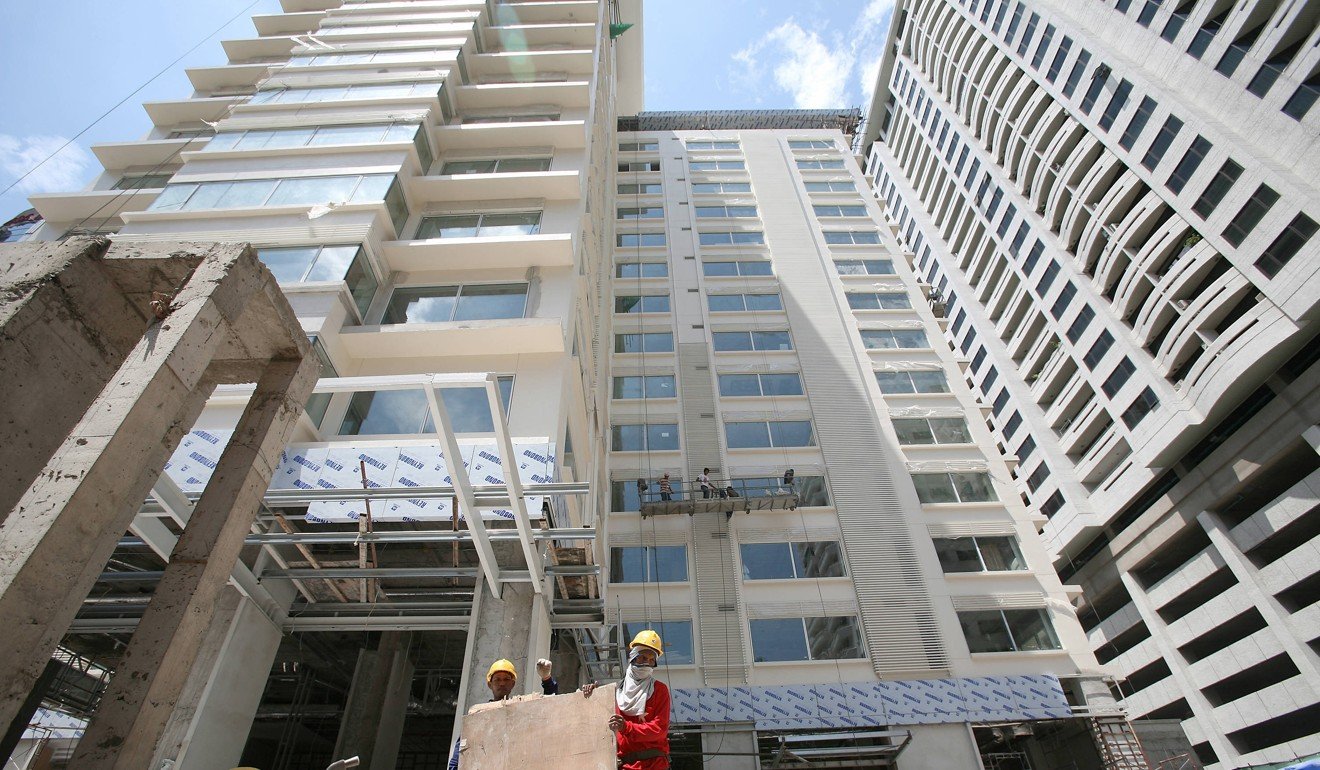
Explainer | What the US Fed’s interest rate cut means for Asian consumers
- The last time the Fed slashed rates, central banks from India to Indonesia followed suit. Experts expect a similar response this time
- And that’s a good thing – but there are caveats
India, Thailand and New Zealand have cut interest rates. Here’s what it means
Lower rates typically make everything from corporate lending to home loans more affordable to access – and analysts say the historic lows could encourage consumers and businesses to spend and invest more.

While the rate cuts should be a good thing for consumers and business owners alike, there are fears they may not be enough to prevent growth from stagnating in the region.
WHO BENEFITS?
Lower interest rates should make it cheaper for consumers across Asia to borrow for everything from homes to cars, and can help businesses attract foreign investors, but there are some caveats.
Corporate loans and borrowings as well as car and home loans usually become cheaper when rates are cut, with the exception of institutions that have already set fixed rates.
Rate cuts are one of the tools central banks use to boost consumer spending and investment at home, to keep an economy growing.
Why Asia follows US interest rate cut at its own risk
Timothy Chang, director for Hong Kong real estate development firm Kingland’s operations in Jakarta, hoped the rate cuts could make a difference, because previous periods of high growth in Indonesia had coincided with lower rates.
Indonesia’s central bank this week cut its seven-day reverse repurchase rate for the third straight month, and relaxed rules on loan-to-value ratios for property and vehicle loans. The reverse repurchase rate, often called the “reverse repo rate”, is the rate at which the central bank borrows money from commercial banks. While changes in this rate are used by central banks to boost short-term borrowing and lending and market liquidity, these changes do not necessarily mean that the rates offered by financial services to consumers will be lower.
In Indonesia, borrowing rates remain high. Chang said borrowing rates as high as 14 per cent and short mortgage terms had made it difficult for millennials in Indonesia to access the credit they needed to buy property.

“Given average salaries in Jakarta, most young people wouldn’t even be able to afford the interest – let alone the principal – for a housing loan,” said Chang. “If the borrowing rate could reach to single digits, it will help tremendously.”
However, Khor Yu Leng, an independent political economist at the consultancy Segi Enam Advisers in Singapore, said that people in domestic sectors might not feel their income reflected GDP growth, and that those already in good financial standing might benefit more from the rate cuts.
“It’s really the rich who can take advantage of lower interest rates to speculate on more financial products and assets,” said Khor.
Why low interest rates are the cause, not the cure, of developed world’s malaise
Cutting interest rates can also affect pensions. Rate cuts can drive bond prices up, making it more expensive for employers and governments to insure employee benefits, though for retirement plans such as the EPF in Malaysia, CPF in Singapore and MPF in Hong Kong, it depends on whether the plan allows for a total returns approach via individual investment accounts.
If they do, pricier bonds could see individual investors in such plans put less of their portfolio in low-interest safe bonds, and instead go into riskier assets like equities and commodities. This leads to a “risk-on” phenomenon, which may not be entirely desirable for a retirement portfolio, said Cherian.

Jakarta-based Hong Kong developer Chang, who was formerly deputy director of the Indonesia Chamber of Commerce in Hong Kong, said that while it was great that Indonesia had cut the “repo rate”, borrowing rates for business owners remained high and could run as much as 13 per cent.
The Indonesia Chamber of Commerce in Hong Kong matches mainland Chinese and Hong Kong investors with Indonesian businesses. Chang said the high cost of funding in Indonesia had been a major deterrent for foreign investment. “Indonesia has so many opportunities,” said Chang. “But because it retains such a high cost of doing business, business owners – especially foreign investors – are really conservative.”
ARE RATE CUTS ENOUGH?
Some experts worry that due to global economic uncertainty generated by the trade war between the US and China, and Brexit, rate cuts alone may not be enough to stop a slowdown.
Andy Wong, senior investment manager at Pictet Asset Management in Hong Kong, warned that “the effectiveness of monetary policies may be decreasing as interest rates are at historic low levels”, and that fiscal stimulus as well as ideological swings would increasingly drive markets.
Singapore-based political economist Khor said slower growth could be felt in sectors like Kuala Lumpur food businesses. Khor said people were spending more on products like instant noodles, while spending in the premium drinks market had gone down.

“It definitely feels like a slowing,” said Khor.
Bank of Indonesia governor Perry Warjiyo said this week’s rate cut would “increase investment, consumption, economic growth and make everybody happy”, and forecast 5.1 per cent GDP growth for the country this year and 5.3 per cent for next. Last month Warjiyo said the cuts were “a pre-emptive measure to push forward economic growth momentum from the impact of the global economic slowdown” and said the central bank would – like others in the region – continue with an “accommodative policy mix”.
Be afraid, be very afraid as US readies to raise interest rates
Some of the easing has also been coupled with fiscal stimulus, as in Thailand, where finance minister Uttama Savanayana announced a US$10.2 billion government spending package late last month.
Cherian at NUS Business School said protectionist posturing was getting in the way of international free trade: “If folks in charge can curtail their verbal warmongering and get back to the business of market-based economics and international free trade, business and consumer optimism would go up once again.” ■

